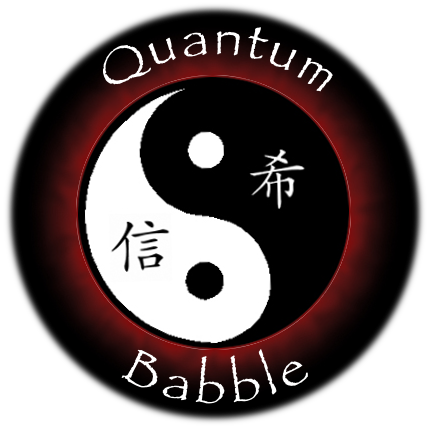“One of the great challenges in physics is to unite the theories of quantum mechanics and general relativity. But all attempts to do this all run into the famous ‘problem of time’ — the resulting equations describe a static universe in which nothing ever happens. In 1983, theoreticians showed how this could be solved if time is an emergent phenomenon based on entanglement, the phenomenon in which two quantum particles share the same existence. An external, god-like observer always sees no difference between these particles compared to an external objective clock. But an observer who measures one of the pair — and so becomes entangled with it–can immediately see how it evolves differently from its partner. So from the outside the universe appears static and unchanging, while objects that are entangled within it experience the maelstrom of change. Now quantum physicists have performed the first experimental test of this idea by measuring the evolution of a pair of entangled photons in two different ways. An external god-like observer sees no difference while an observer who measures one particle and becomes entangled with it does see the change. In other words, the experiment shows how time is an emergent phenomenon based on entanglement, in which case the contradiction between quantum mechanics and general relativity seems to melt away.”
Here is a link to the write-up on the experiment.

